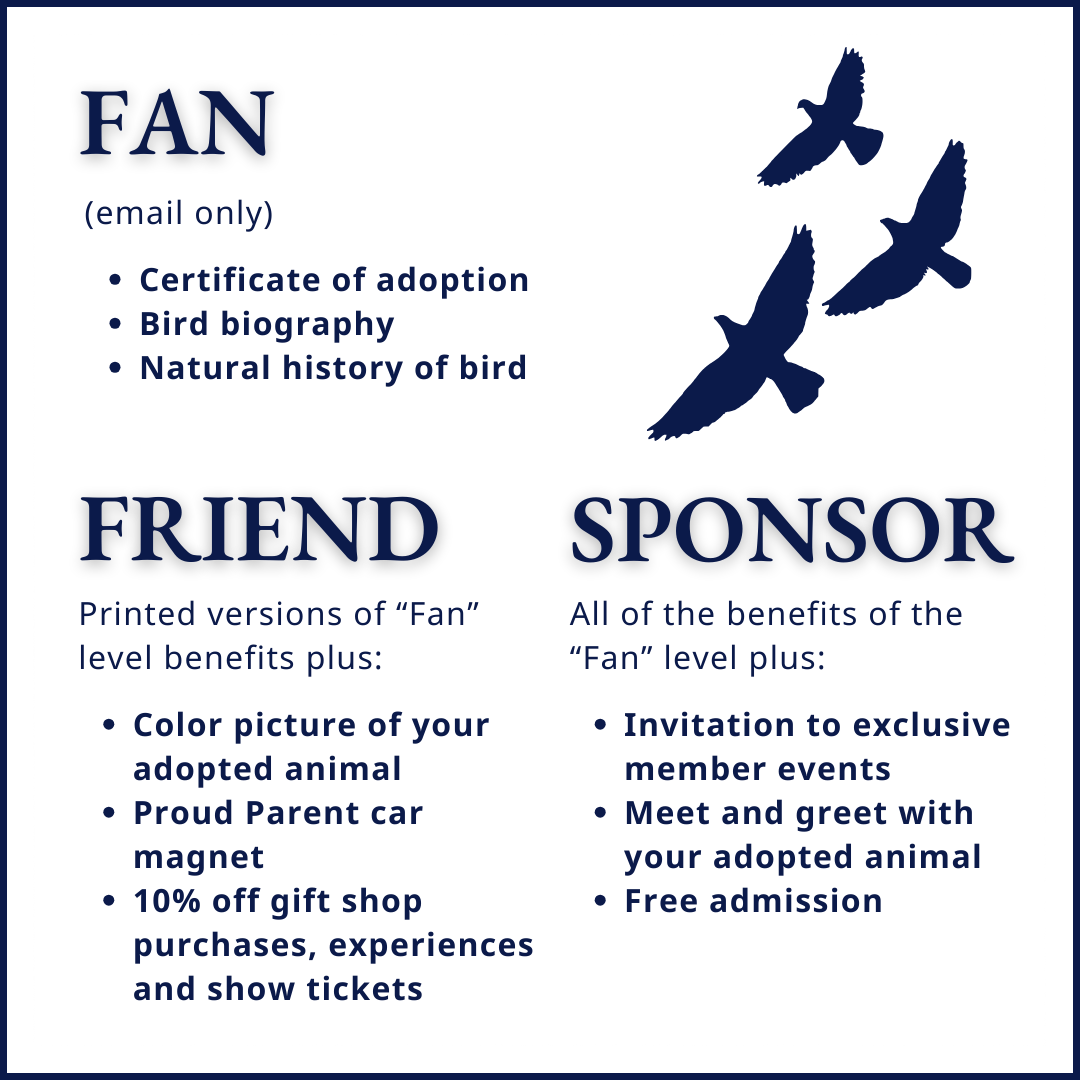Harris’s Hawk – Blue
Blue and her brother Charlie were hatched at World Bird Sanctuary, born to retired education ambassadors Kara and Jack. Taking after her parents, within her first season of training for education programs Blue quickly distinguished herself as an amazing flier! She frequently flies over the heads of guests onsite, and in front of crowds at numerous off site programs.
$29.00 – $129.00
Description
HATCH YEAR: 2015
FUN FACTS ABOUT BLUE
- Blue is easy to recognize amongst our other Harris’s Hawks due to the dusky coloring of her feathers, which actually gives her a blue tint to match her name. But LONG before you see her, it’s easy to recognize her from her non-stop chatting! A very talkative bird, Blue makes lots of “brawps” anytime she recognizes a trainer or volunteer. A trait she definitely inherited from her mother Kara, and one several of her other siblings share with her.
- She and her brother Charlie were named after the pack hunting Velociraptors in Jurassic World, and two years later their siblings Delta and Echo completed the set!
SPECIES FACTS
Scientific Name:
- “Parabuteo unicinctus.” Greek and Latin origin: “para”, meaning beside, near or like; “buteo”, referring to a kind of buzzard; “uni” meaning once; and “cinctus” meaning girdled, referring to the white band at the tip of the tail.
Distribution:
- Lowland areas from the southwestern border of the U.S., south to southern Chile, central Argentina, and Paraguay; found east into Venezuela and the interior of Brazil, and south to Santa Catharina.
Habitat:
- Sparse woodlands or semi-desert regions.
Diet:
- Small mammals, such as rats and rabbits, as well as birds, reptiles and even insects.
Behavior:
- Very family oriented, Harris’s Hawks are the only known birds of prey to hunt cooperatively in groups.
- Young from the previous year help the parents raise the next clutch of 2-4 eggs. The nest is usually less than 30 feet above the ground.
- Known for a behavior called “stacking”, one bird will perch on the top of a cactus, and as other family members approach, they will ball up their feet and land on the shoulders of the perched bird; as many as 4 birds will stand on their backs!
Identification:
- Small, heavy-set raptor with blackish or sooty brown with shoulders, thighs, and underwing coverts a chestnut color; upper and undertail coverts, as well as a one-inch band at the tip of the tail are white.
- Eyes are dark brown; with eyelids, cere, and legs being yellow.
- Immature birds vaguely streaked with white on breast and abdomen and thighs are barred with white; their upper parts are more or less edged with a rufous color, and outer tail feathers are barred.
Additional information
| Adoption Level | Fan, Friend, Sponsor |
|---|





